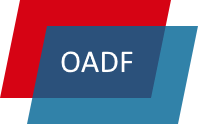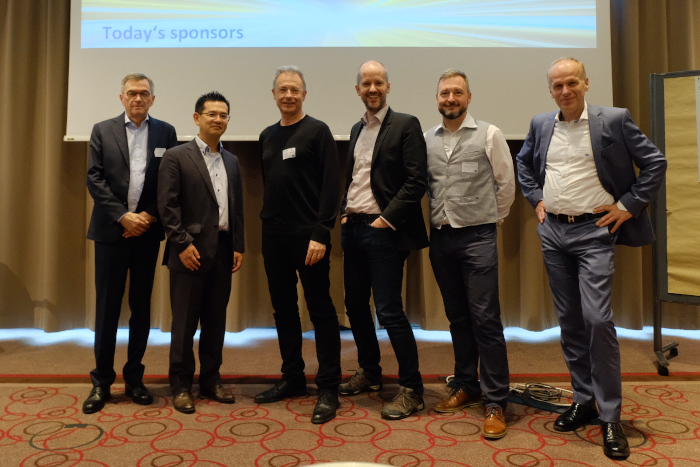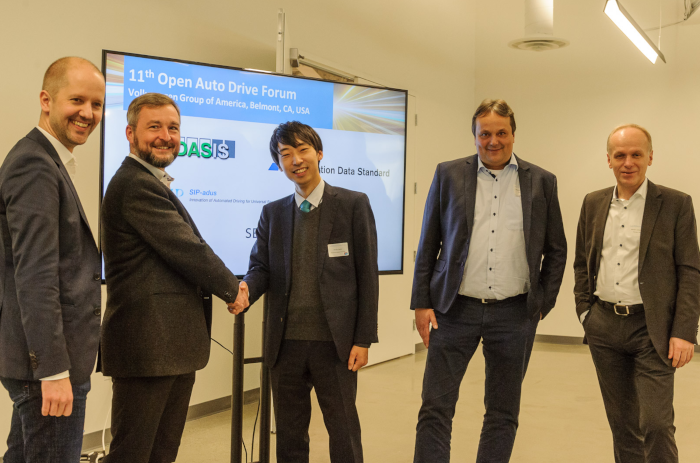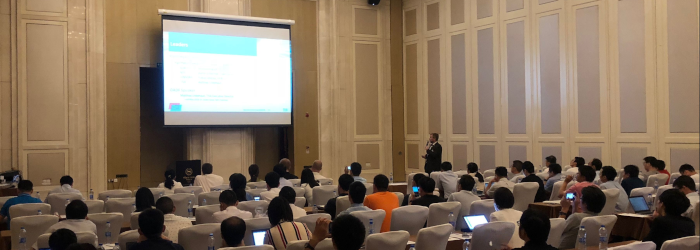The 16th Open Auto Drive Forum event on September 16, 2021 attracted up to 170 participants from the automotive sector to discuss advances in standardization related to automated and autonomous driving.
Andras Csepinszky from NNG, the new OADF speaker and co-chair of SENSORIS, opened the meeting and introduced the event and its background. Two keynote presentations attracted great interest from the audience and were the subject of numerous questions to the experts.
Matthias Ruether from Joanneum Research in Graz, Austria, reported on their efforts to produce maps with very high resolution (“Ultra HD maps”). Such maps can be stored in any format supporting the resolution. He explained the motivation, production process and application areas. A second topic of his presentation was the cooperative EU research project ESRIUM, which contributes to road safety by providing a digital map of road damage and wear. Such maps are used for road maintenance planning and route recommendations.
Thomas Bock from Porsche Digital shared the results of a SAE technical paper on mapping requirements for AD and ADAS. His presentation focused on unresolved issues in HD map creation: the economics and feasibility of scaling HD map creation globally, detecting changes in map content or updating a map, and validating map content to contribute to system safety. For each of these topics, he also shared his personal views on how to approach these problems – many of which included the recommendation for standardization. The technical paper can be purchased from SAE.
In the standardization organizations’ part of the event, representatives briefly introduced their organizations and provided information on their recent activities around automated driving.
- Jean-Charles Pandazis from ERTICO reported on ADASIS v3.2, released internally, which can be used by AD software developers, and on the planning of ADASIS v3.3 to include a low level protocol.
- Nicco Hagedorn from ASAM presented the latest OpenX roadmap and reported on recent work on ASAM OpenLabel and ASAM Open Operational Design Domains (ODD).
- Martin Schleicher, Elektrobit’s representative to NDS, focused on use cases and design principles of the NDS.Live specification and presented the NDS roadmap.
- András Csepinszky from NNG reported on SENSORIS achievements and on the collaboration with related activities such as OADF.
- Satoru Nakajo from the University of Tokyo reported on SIP-adus, including the results of the 2020 Field Operational Test (FOT), the planning for 2021, and SIP-adus related activities.
- Matthias Unbehaun from TISA reported on the progress of TPEG3 development presented some AD use cases that are used for guiding these development activities.
- Christian Kleine from HERE Technologies reported on TN-ITS tools in development, its partnership with CEN/TC278, the TN-ITS roadmap, and the interface with NAPCORE projects.
The continued high attendance showed that the OADF event is well received. Andras Csepinszky announced that new OADF events are planned for in 2022. The dates and formats will be announced in due course.



